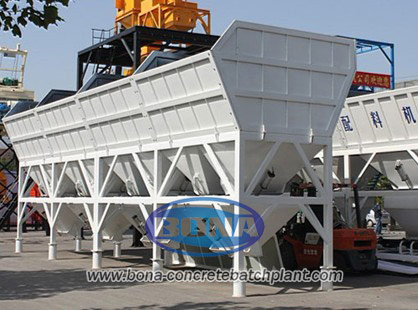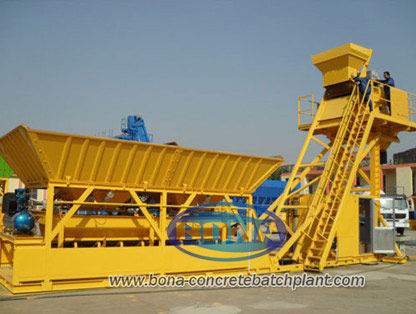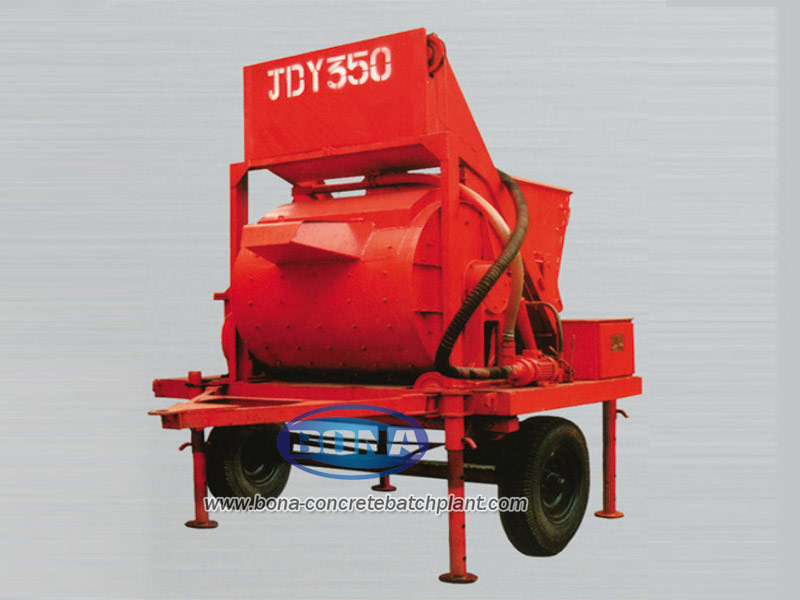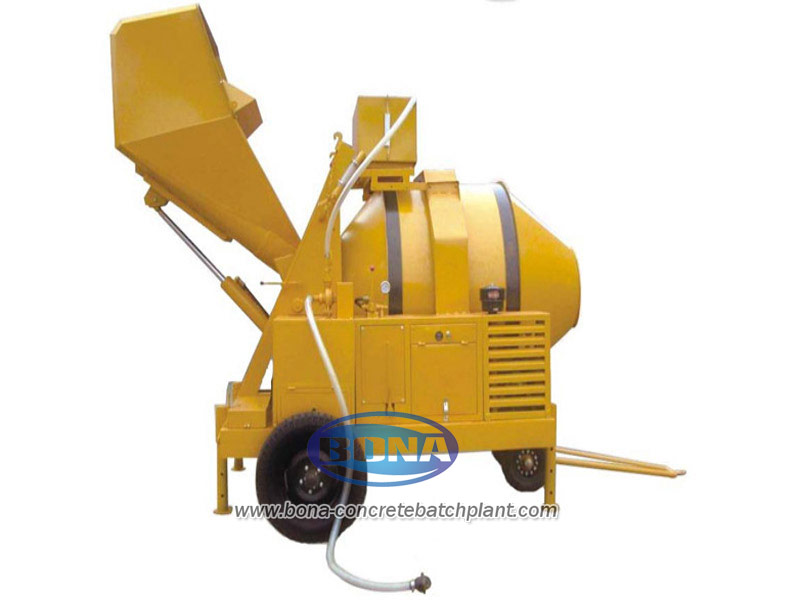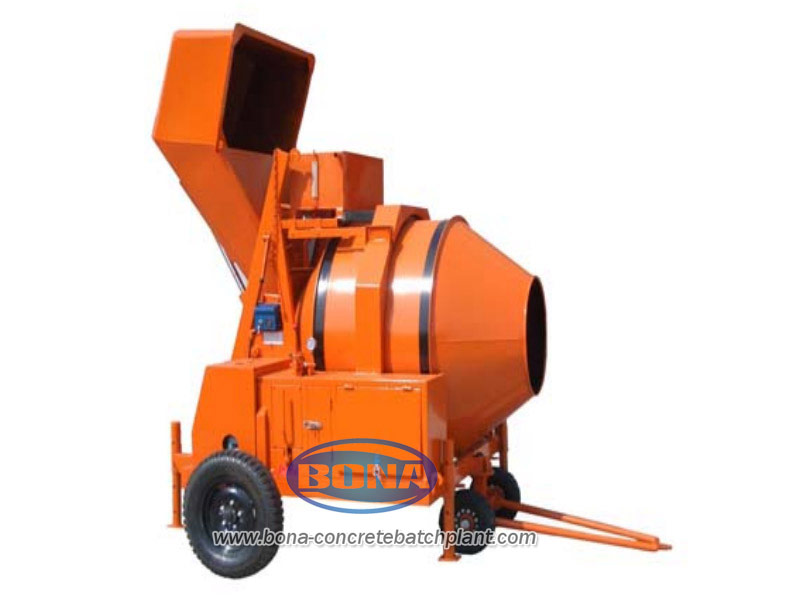- Concrete Mixer
-
- JS500 Concrete MixersJS750 Concrete MixersJS1000 Concrete MixersJS1500 Concrete MixersJS2000 Concrete MixersJZM500 Concrete MixerJZM750 Concrete MixerJZC350 Concrete MixerJZC500 Concrete MixerBN35 Concrete MixerBN90 Concrete MixerJZR350 Diesel Engine Concrete MixerJZR500 Diesel Engine Concrete MixerJDY(C) Series Concrete Mixer Machine
0086-371-8709 1886
Room 605.Unit 1.Building 4. No.39 Huayuan Road, Jinshui District, Zhengzhou City, Henan Province.

Introduction to different types of concrete mixers
2021-11-20
A large amount of concrete is required for the construction of construction projects. If manual mixing is used, it will not only be heavy and laborious, low productivity, but also waste cement and it is difficult to ensure the quality. Therefore, at present, concrete mixer is generally used for construction. To prepare concrete with concrete mixer, the mixer must be reasonably selected and correctly used according to the concrete engineering conditions, so as to effectively reduce the construction cost and ensure the construction quality. Below, Bona will analyze the types of concrete mixers for your reference.
Type analysis of concrete mixer:
By operation mode:
The three processes of feeding, mixing and unloading of circular operation mixer are carried out according to a certain time interval, that is, mixing by parts. Because all kinds of mixed materials must be accurately weighed, the mixing quality is good. At present, most users use this type of operation mode.
The above three processes of continuous operation mixer are carried out continuously in a long cylinder. Although its productivity is higher than that of circular operation, the mixing quality is poor because the mix proportion and mixing time of each material are difficult to control. At present, it is less used.
According to mixing method:
The self falling mixer is to put the mixture in a rotating mixing drum. With the rotation of the mixing drum, the blades in the drum lift the mixture to a certain height, and then drop it freely by self weight. Do this again and again until you mix well. This mixer generally mixes plastic and semi-plastic concrete.
The forced mixer is that the mixing drum does not move, and the forced mixing is carried out by the blades arranged on the rotating shaft in the drum. The mixer has good mixing quality and high production efficiency; However, the power consumption is large and the blade wear is fast. It is generally suitable for mixing dry and hard concrete. It belongs to the mixture mixing equipment in the production of lime sand brick, which mainly solves the problems that the water adding amount of the double shaft mixer is difficult to control, the mixing force is small, and the materials are easy to form a united warehouse. The machine includes planetary mixing mechanism, eddy current mixing mechanism, mixing drum, discharge mechanism, mixing frame and bottom frame. The central position of the mixing drum is provided with eddy current mixer, Two planetary mixers are symmetrically arranged on the racks on both sides of the vortex mixer. The two planetary mixers rotate relative to each other. The vortex mixer rotates in reverse with the mixing drum. The mixing force of the machine is large, which solves the problems of closing the unity bin and so on.
According to device mode:
The fixed mixer is installed on the prepared foundation, and the whole machine cannot be moved. It has large volume and high production efficiency. It is mostly used in mixing plant or mixing plant.
The mobile mixer itself has running wheels, small volume and light weight, so it has good motor performance. It is applied to small and medium-sized temporary works.
According to the discharging method:
The tipping type relies on the mixing drum to dump the material, while the non tipping type relies on the mixing drum to reverse the unloading.
According to the shape of mixing drum:
There are five types: pear type, drum type, double cone type, disc vertical shaft type and circular groove horizontal shaft type. The first three are self falling stirring; The latter two are forced mixing, which are rarely used in China.
By mixing capacity:
There are large (discharge capacity 1000 ~ 3000l), medium (discharge capacity 300 ~ 500L) and small (discharge capacity 50 ~ 250L).
Selection and application of mixer
(1) Model selection
The concrete mixer shall be correctly selected according to the specific conditions of the project (such as the size of the project, the length of the construction period, etc.) and the performance requirements of the concrete.
(2) Production capacity calculation of mixer
The productivity Q of the mixer is calculated as follows: q = 3.6vk/t1t2t3 (m3 / h), where T1, T2 and T3 are the loading, mixing and unloading time (s);
V is the discharge capacity of the mixer; K is the utilization coefficient of each cycle working time.
ZHENGZHOU BONA ENTERPRISE CO.,LTD.
Tel: 0086-371-8709-1886 E-mail: concrete.sales@zzbona.com
Concrete mixer Concrete batch plant Concrete mix plant Site Index | Product Index
 Global sites
Global sites

 (Live chat)
(Live chat)